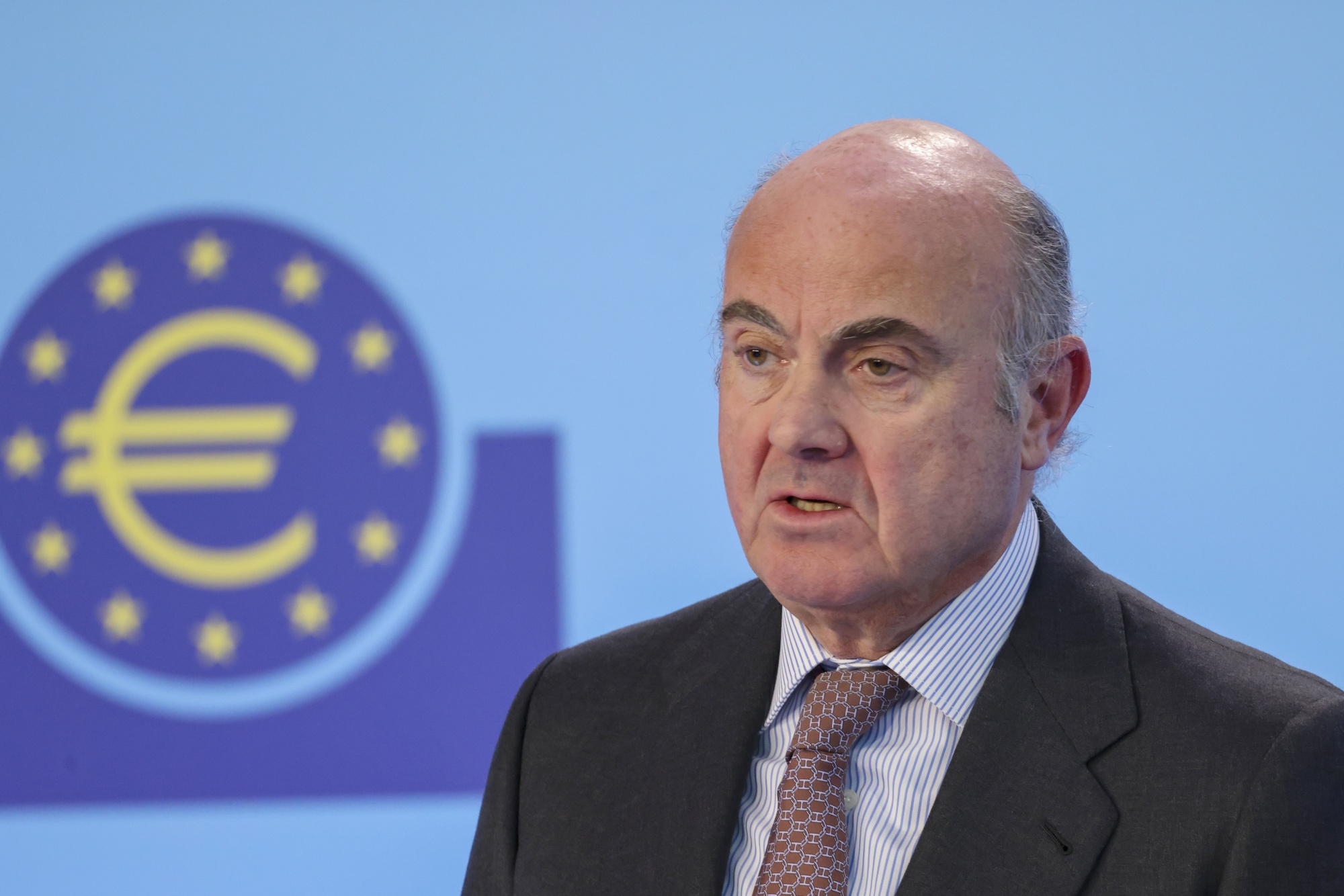In a surprising turn of events, the European Central Bank (ECB) is showing signs of softening its once unyielding stance on economic policy. This shift comes as the excuses for maintaining high interest rates seem to be fading, with core inflation dropping to a 21-month low. The ECB, led by President Christine Lagarde, is now caught in a tug-of-war between market expectations and its previous commitment to a stringent policy.
The Inflation Factor and Changing Dynamics
In December, the Euro zone witnessed an uptick in headline inflation, reaching an annual rate of 2.9%, primarily due to diminishing energy subsidies. However, a deeper dive into the numbers reveals a more nuanced story. Core inflation, which excludes volatile elements like energy and food, fell to 3.4%. This drop, coupled with a decline in the prices of food, alcohol, and tobacco, signals a shift in the economic landscape that the ECB cannot ignore.
Despite robust services inflation at 4%, the looming threat of recession in the Euro zone is prompting a reevaluation of the ECB’s approach. Investors, reading the tea leaves, are now betting on a series of rate cuts that could bring the benchmark deposit rate down from a record 4% to around 2.5%. The once rigid stance of the ECB is now appearing increasingly untenable as core inflation figures weaken the foundation of its previous policies.
ECB Preparing for a Cyber Resilient Future
In another significant move, the ECB has announced a cyber resilience stress test for 109 directly supervised banks in 2024. This proactive step underscores the ECB’s recognition of the evolving threats in the digital era. The stress test is designed to assess banks’ capabilities to respond to and recover from cyberattacks, rather than just their preventative measures.
This predominantly qualitative exercise will involve a detailed assessment of emergency procedures and recovery plans, offering valuable insights for future supervisory assessments. The ECB is not only focusing on the immediate economic landscape but also preparing for the challenges of a digitally interconnected financial world.
In light of the recent inflation data and the ECB’s cyber resilience initiative, experts are beginning to speculate about the possibility of interest rate cuts towards the end of 2024. The inflation spike in December supports the ECB’s stance of maintaining high interest rates. However, with predictions of inflation falling back in line by 2025, the door is slowly opening for a potential policy shift.
Analysts like Daniel Gros from Bocconi University suggest a cautious approach, warning that the ECB might delay rate cuts to avoid repeating past mistakes. The anticipation of a slow growth period in the Eurozone for 2024 further complicates the ECB’s decision-making process. Europe’s economic trajectory seems to be returning to a ‘pre-war normal’, characterized by modest growth and low inflation rates.
As the week progresses, the financial world is keenly observing the ECB’s next moves. The possibility of greenlighting interest rate cuts in the future marks a significant departure from its previous economic doctrine. This shift could be a defining moment for the ECB, balancing the need to support economic growth while ensuring stability and resilience in an increasingly digital financial landscape.
In summary, the ECB’s stance on economic policy is undergoing a transformation. Faced with diminishing inflationary pressures and the demands of a digital economy, the central bank is poised to navigate uncharted waters. As it treads this new path, the ECB’s actions will not only shape the Eurozone’s economic future but also set a precedent for central banks in an era of digitalization and evolving global challenges.





